Advancing Clean Energy Technologies for a Sustainable Future
A trailblazer in solar energy innovation for more than three decades, The University of Toledo and its Wright Center for Photovoltaics Innovation and Commercialization are powering the future through clean energy research and commercialization. Helping to establish Ohio as a leader in next-generation clean energy innovations, UToledo scientists partner with industry leaders, including First Solar, which recently announced a $185 million investment in its northwest Ohio facilities.
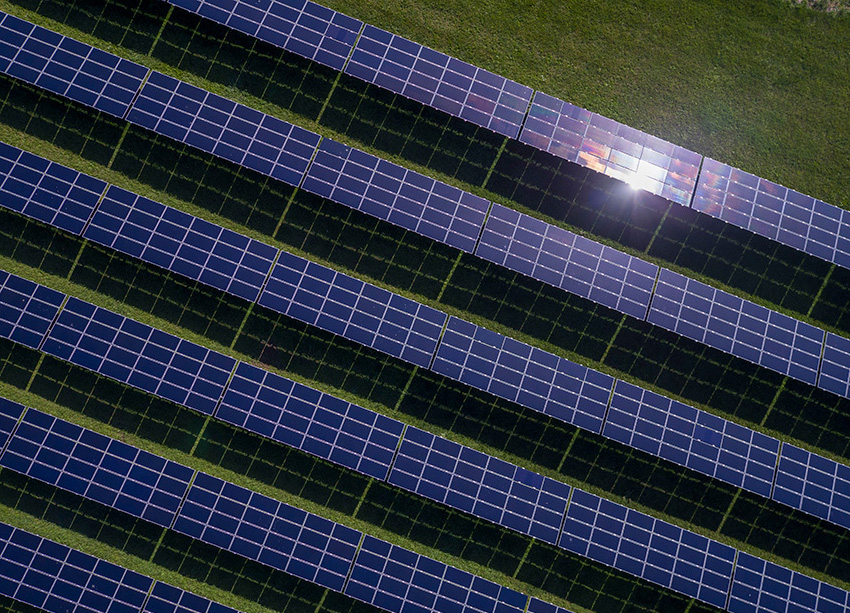
The University of Toledo is leading the U.S. Department of Energy’s Cadmium Telluride Accelerator Consortium to advance domestic manufacturing of CdTe solar cells that are less expensive and more efficient. As part of a $20 million federal investment in CdTE technologies, the initiative aims to spur technological advancements that will strengthen national energy security and clear the way for widespread use of clean solar electricity.
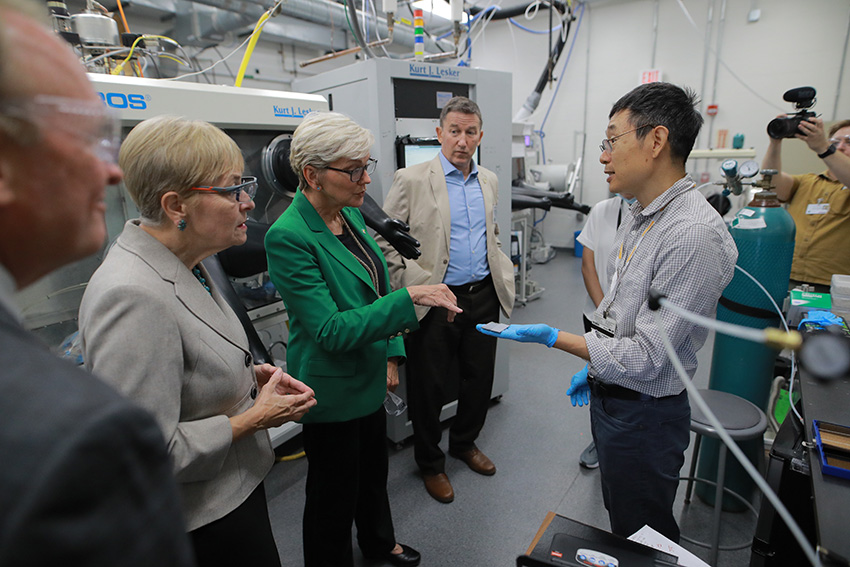
Flexible photovoltaic energy sheets that would live in space are being developed by physicist Randall Ellingson, Ph.D., to harvest solar energy and in the future be able to transmit power wirelessly back to Earth or orbital instrumentation. The U.S. Air Force awarded UToledo $12.5 million to develop the solar cell sheets that can take advantage of the 37% stronger sunlight above the atmosphere.
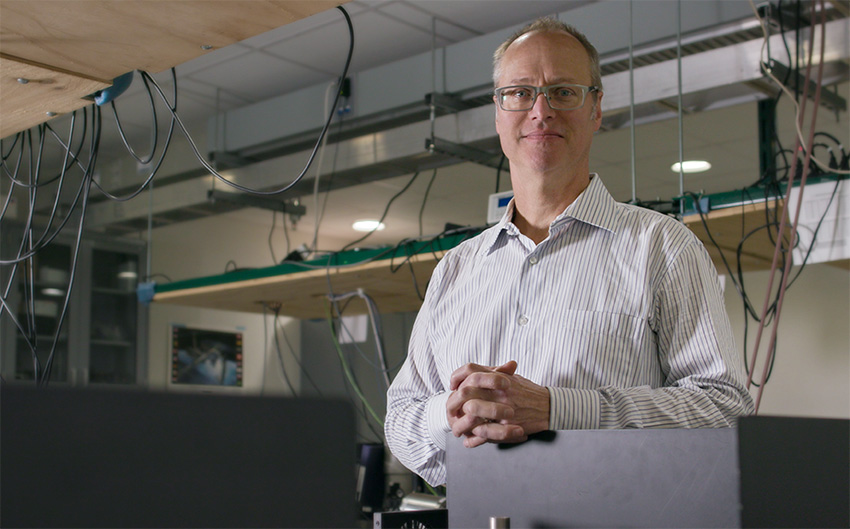
By combining two types of solar cells, UToledo physicists Yanfa Yan, Ph.D., and Zhaoning Song, Ph.D., are harvesting light to convert to electricity directly from the sun and light reflected off the ground. Developing the stronger and longer-lasting solar panels combines the advanced material called perovskites with existing cadmium-selenide-telluride-based solar cells to maximize performance and reduce costs.
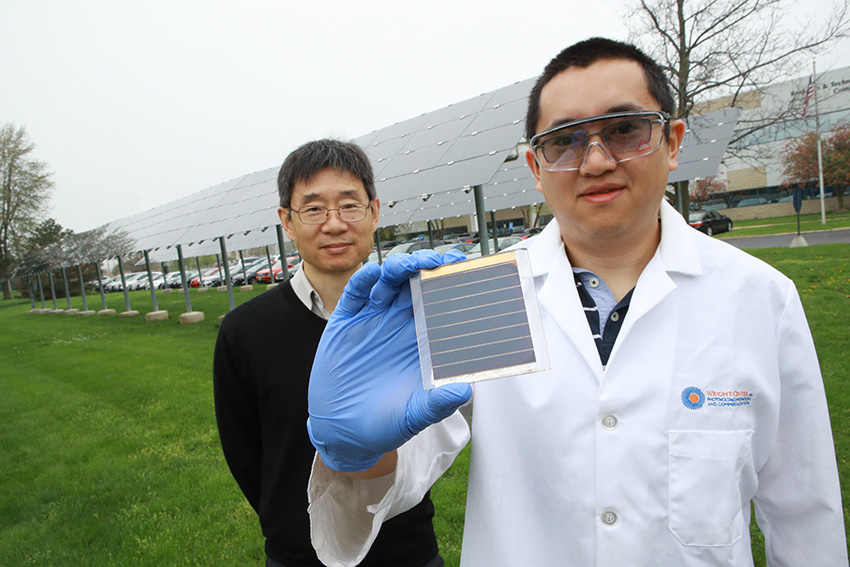
Future missions to Mars and the moon could benefit from new solar power conversion circuitry being developed by engineers Daniel Georgiev, Ph.D., and Raghav Khanna, Ph.D., that are more tolerant to space-related radiation, which degrades the circuitry’s performance and results in power loss and system downtime.
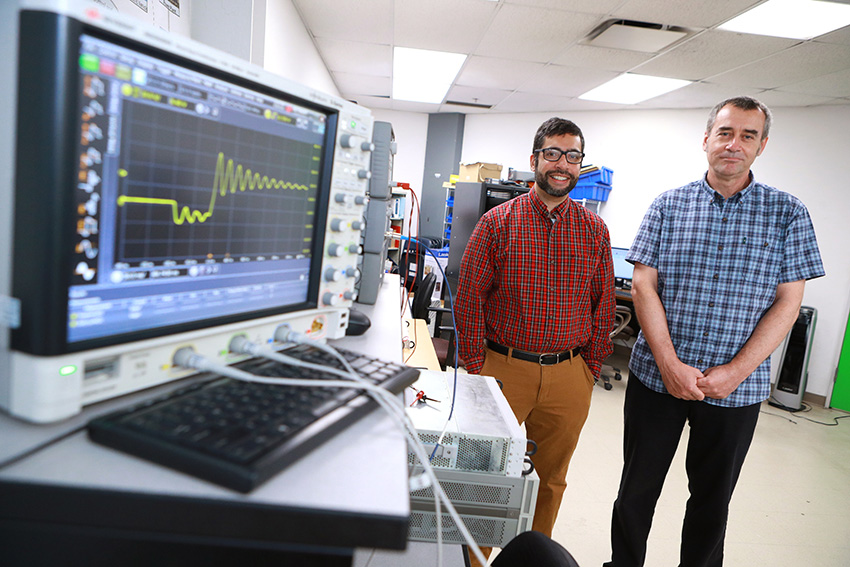
Aiming to make U.S. Navy ships more efficient, engineer Raghav Khanna, Ph.D., is creating direct-current microgrids that require less energy and physical space. While silicon is the most common component in power devices, Khanna’s team instead will design circuits using gallium nitride to deliver higher performance.


Learn More
- The Blade: UT, First Solar, Toledo Solar Major Players in $20M Research Initiative
- 13 ABC: U.S. Department of Energy Launches New Solar Research Group
- WTOL 11: Clean Energy Innovation at UToledo
- NBC 24: UToledo Receives Investment to Help Advance Solar Energy
- PV Magazine: DOE Launches $20 Million Consortium to Advance US-Made Cadmium Telluride Solar Cells
- The Blade: UT Receives $12.5M Grant to Develop Solar Sheets That Can Withstand Space
- PV Magazine: Air Force Funds Development of Solar PV Sheets for use in Space
- 13 ABC: Air Force Awards $12.5M to UToledo
- New Consortium Seeks to Boost US Clean Energy Leadership, Investment in Next-Generation Cadmium Telluride Photovoltaics
- Solar Power World: New Solar Consortium Says it Will Push CdTe Thin-Film Efficiency to 30%
- The Blade: NASA Taps UT Engineers for Help in Making Solar Energy Aboard Spacecraft More Reliable
- NBC 24: UT Researchers Work with NASA to Enhance Solar Power Conversion for Mars, Moon Missions
- 13 ABC: UT Receives Grant From U.S. Department of Energy
- The Blade: Glass City Group Making Inroads with Solar Projects
- UToledo to Host Ribbon-Cutting Ceremony For New Solar Array on Health Science Campus